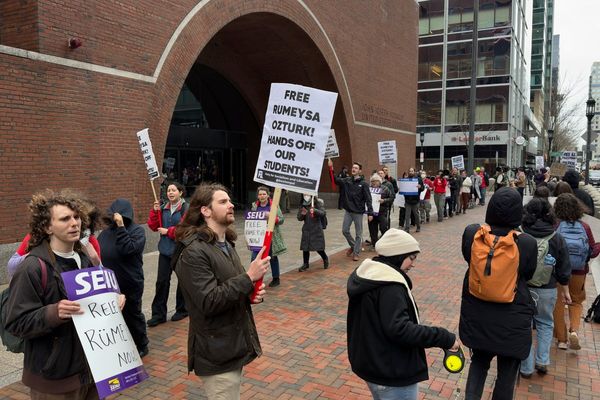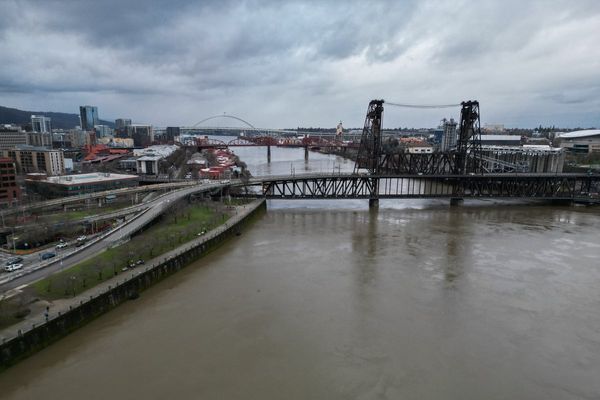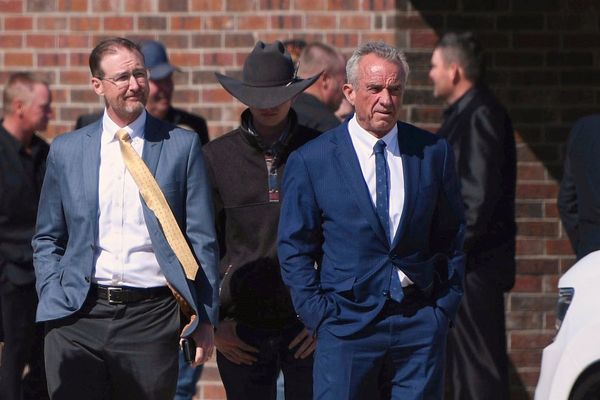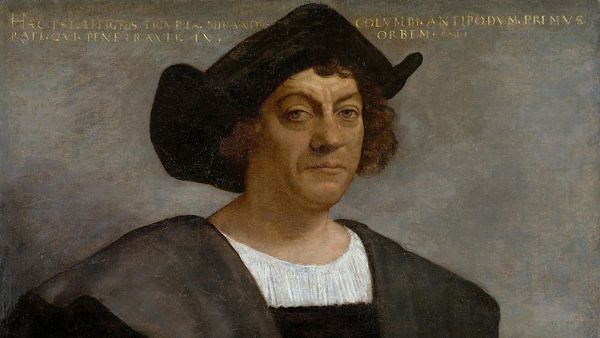
Scientists in Spain claim to have solved the two lingering mysteries that cling to Christopher Columbus more than five centuries after the explorer died: are the much-travelled remains buried in a magnificent tomb in Seville Cathedral really his? And was the navigator who changed the course of world history really from Genoa – as history has long claimed – or was he actually Basque, Catalan, Galician, Greek, Portuguese and perhaps of Jewish descent?
The answer to the first question is yes. The answer to the second is … wait until Saturday.
The long-running and often competitive theorising has not been helped by his corpse’s posthumous voyages. Although Columbus died in the Spanish city of Valladolid in 1506, he wanted to be buried on the island of Hispaniola, which is today divided into Haiti and the Dominican Republic. His remains were taken there in 1542, moved to Cuba in 1795, and then brought to Seville in 1898 when Spain lost control of Cuba after the Spanish-American war.
On Thursday, after two decades of DNA testing and research, the forensic medical expert José Antonio Lorente said the incomplete set of remains in Seville Cathedral were indeed those of Columbus.
“Today, thanks to new technology, the previous partial theory that the remains in Seville are those of Christopher Columbus has been definitively confirmed,” said the expert, who led the study at the University of Granada. The conclusion followed comparisons of DNA samples from the tomb with others taken from one of Columbus’s brothers, Diego, and his son Fernando.
The knottier question of the explorer’s precise origins will be revealed in Columbus DNA: His True Origin, a special TV programme shown on Saturday 12 October, the date when Spain celebrates its national day and commemorates Columbus’s arrival in the New World.
While myriad claims have been made about where the navigator was from – the theories include Italy, Sweden, Norway, Portugal, France, Greece, Scotland and a handful of different Spanish regions – the programme-makers insist they now have the answer.
“Twenty-five possible origins and eight finalists but there can be only one,” Spain’s state broadcaster, RTVE, said in a statement.
Lorente, who described the investigation as “very complicated”, remained tight-lipped about its conclusions. “There are some really important results – results that will help us in multiple studies and analyses that should be evaluated by historians,” he told reporters on Thursday.
He has, however, been previously quite blunt that he believed Columbus was Genoese, saying in 2021: “There is no doubt on our part [about his Italian origin], but we can provide objective data that can … close a series of existing theories.”
The scientist has also pointed out that parts of Columbus could still be in the Caribbean. In 1877, an excavation of Santo Domingo Cathedral in the Dominican Republic unearthed a small lead box of bone fragments marked: “Illustrious and distinguished male, Christopher Columbus.” Those remains are now buried at the Faro a Colón monument (Columbus Lighthouse) in Santo Domingo Este.
Lorente said that as both sets of bones were incomplete, both could belong to the explorer.
If, as the programme and the attendant hype suggest, the fascination with Columbus remains undimmed, so, increasingly, does the controversy over his legacy.
In 2015, Ada Colau, then the mayor of Barcelona, joined many on the Spanish left in decrying the 12 October celebrations. “Shame that a nation celebrates a genocide and, on top of that, with a military parade that costs 800,000 euros,” she tweeted.
José María González Santos, the then mayor of Cádiz, agreed. “We never discovered America, we massacred and suppressed a continent and its cultures in the name of God,” he said. “Nothing to celebrate.”
Four years ago, a statue of Columbus in Richmond, Virginia, was torn down, set ablaze and thrown into a lake. A sign reading “Columbus represents genocide” was then placed on the spray-painted foundation that once held the figure.
• This article was amended on 14 October 2024 to make clear that Christopher Columbus could have been Basque, Catalan, Galician, Greek, Portuguese and of Jewish descent.










